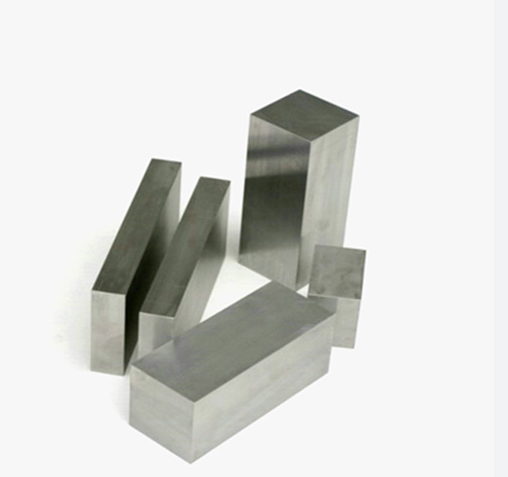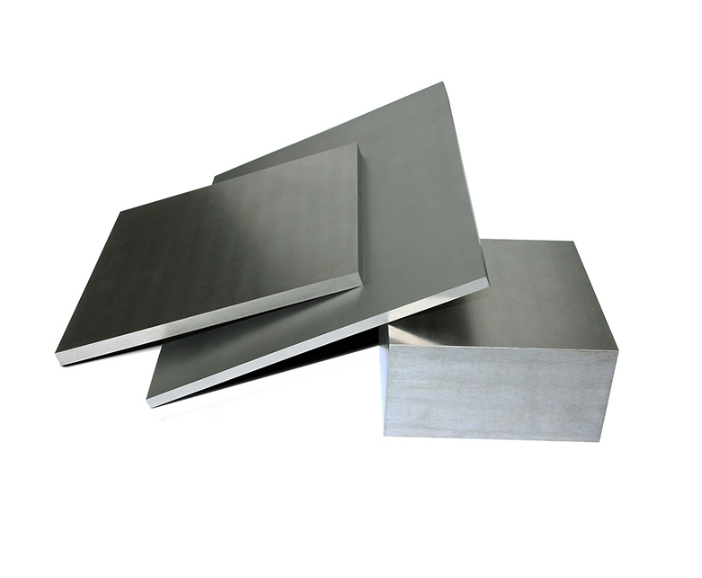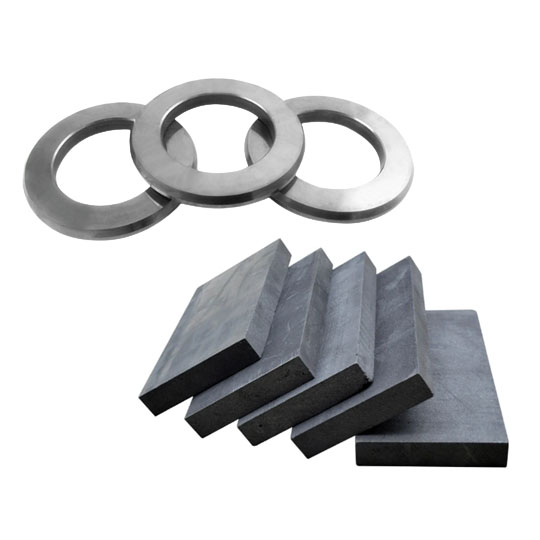なぜ 超硬棒 航空宇宙合金に最適
さて、この物語の主人公である超硬ロッドについて話そう。超硬ロッドは、機械加工界の特殊作戦チームをイメージしてください。これらはありふれたドリルビットではなく、特に最も過酷な航空宇宙合金を加工する際の戦闘用に設計されています。
これらのロッドに使用されている炭化タングステンは、ダイヤモンドに次ぐ地球上で最も硬い物質のひとつである。タングステンを超高温で炭素と混合することにより、非常に硬く、耐摩耗性に優れた化合物が形成される。
しかし、何が彼らをゲームチェンジャーにしているのだろうか?
- 優れた硬度:チタンやインコネルなどの頑固な航空宇宙合金の切断に最適。
- 耐熱性:超硬合金はより長く、より低温に保たれます。つまり、工具の摩耗が少なく、より正確な切削が可能です。
- 寸法安定性:超硬ロッドは、高い応力下でも、その形状を保持します。
- 長い工具寿命:HSS(高速度鋼)に比べ、超硬工具は最大10倍長持ちします。
ジェットエンジンのブレードを精密にフライス加工する場合でも、熱シールドブラケットをボーリング加工する場合でも、超硬ロッドは単に生き残るだけでなく、成長します。
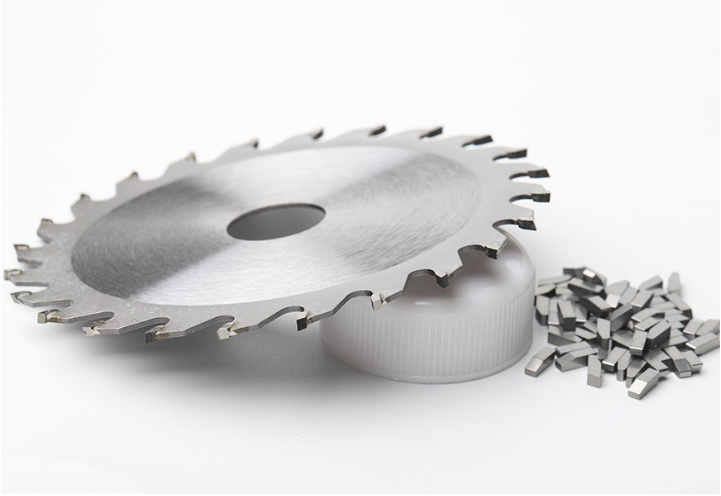
正しい選択 超硬棒 航空宇宙合金用
適切な超硬棒を選択することは、単に棚にある最も硬い棒をつかむことではありません。合金、加工工程、そして最終目標を知ることです。ここでは、いくつかの重要な要素について説明します:
1.グレード構成
超硬棒には、コバルト含有量と粒度によってさまざまな等級がある。
- サブミクロン粒:チタンやニッケル合金の高速仕上げに最適。
- 超微粒子:公差の厳しいドリル加工やフライス加工に最適。
2.コーティング
コーティングは鎧のようなものだと考えてほしい。コーティングされたロッドは、熱や酸化に対してより優れた耐性を持つ。
- TiAlN(窒化チタンアルミニウム):高速でのドライ加工に最適。
- TiCN(炭窒化チタン):断続的なカットのための強靭なコーティング。
3.アプリケーションの種類
- 掘削:たわみを避けるために剛性を高くする。
- ミーリング:横方向のストレスに対応できるバランスの取れたロッドを選ぶ。
- ターニング:振動減衰に優れたロッドが必要。
4.公差と真直度
航空宇宙では精度が重要だ。公差がh6以上のロッドを選んでください。信じてください。
航空宇宙用途に使用される超硬棒の特定金属粉末モデル
ここからがマニアックな話になる。これらの超硬パウダーの特定のモデルは、航空宇宙ツーリングのバックボーンです。それぞれがユニークなものをもたらしてくれる。
| パウダーモデル | 構成詳細 | 用途 | プロパティ |
|---|---|---|---|
| WC-Co 10% サブミクロン | 90% タングステンカーバイド、10% コバルト | 一般航空宇宙合金の切断 | 高い耐摩耗性、優れた靭性 |
| WC-Co 6% ウルトラファイン | 94% WC、6% Co | チタン合金の仕上げ | 高いエッジ保持力、繊細な表面仕上げ |
| WC-CoCr 12% | 88% WC、10% Co、2% Cr | インコネルなどの高温合金 | 耐酸化性の向上 |
| WC-Ni 15% | 85% WC、15% ニッケル | 腐食性環境 | 高い耐食性 |
| WC-TaC-Co | 炭化タンタル&コバルト入りWC | 航空宇宙用研磨複合材 | 高い破壊靭性 |
| WC-CoTi 8% | WC、コバルト、チタン | 中断されたカット | 耐衝撃性 |
| WC-Co 5% ナノグレイン | ナノスケールの結晶粒を持つWC | 超精密切断 | 極度の硬度 |
| WC-Co-V 12% | WC、12% Co、バナジウム | 汎用航空宇宙機械加工 | バランスのとれた摩耗性と靭性 |
| WC-Co-Al 8% | WC、コバルト、アルミニウム | 高速ドリリング | 熱安定性 |
| WC-Co-Cr 10% スプレードライ | 凝集ミックス | コーティングされた工具基材 | 高密度で均一な粒度分布 |
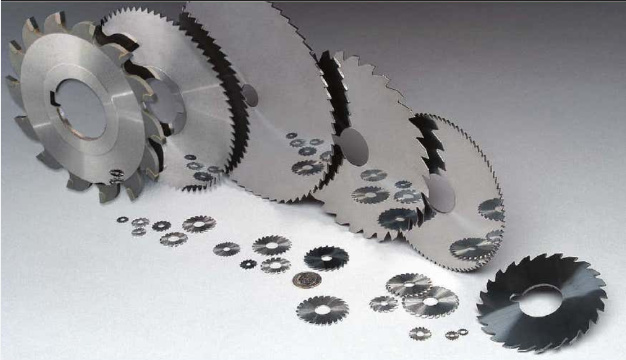


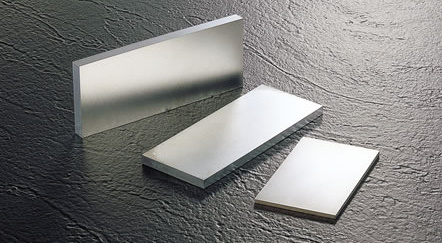
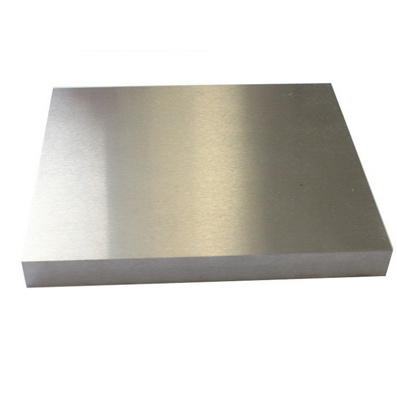
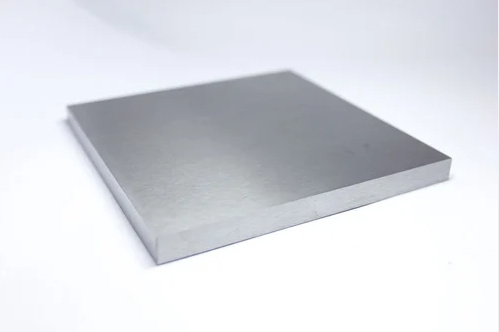
航空宇宙機械加工のトレンドとイノベーション
機械加工技術は立ち止まってはいない。航空宇宙の需要は進化しており、工具も進化している。ここでは、ゲームを形成するいくつかのエキサイティングなトレンドを紹介します:
| イノベーション | 説明 | 航空宇宙加工への影響 |
|---|---|---|
| ハイブリッド・セラミック・カーバイド・ロッド | 超硬コアとセラミック層の融合 | より高い温度耐性 |
| ナノコーティング工具 | 多層ナノコーティング(AlTiNなど) | 工具寿命の延長、摩耗の低減 |
| スマート加工センサー | ツールホルダーにセンサーを内蔵 | リアルタイムフィードバックとウェアトラッキング |
| 3Dプリント超硬インサート | 複雑な形状の加法成形 | カスタム形状、材料の無駄が少ない |
| 極低温加工 | 冷却用LN2 | よりクリーンな切削、工具寿命の延長 |
| ツールパス最適化AI | AIが生成する最適なカッティングパス | 時間の節約、表面仕上げの向上 |

よくあるご質問
| 質問 | 回答 |
|---|---|
| 超硬棒の材質は? | ほとんどが炭化タングステンとコバルトで、特殊な特性のためにクロムやタンタルなどの添加物が加えられることもある。 |
| 高速度鋼(HSS)よりも優れていますか? | そう、特に加工が難しい航空宇宙用合金ではね。より長持ちし、切れ味が持続し、熱処理に優れています。 |
| チタンに超硬ロッドは使えますか? | もちろんです。最高の結果を得るには、TiAlNのような適切なコーティングを施した細粒またはサブミクロンの粒を使うこと。 |
| 最大の欠点は? | スチールに比べて脆いため、不適切な取り扱いや極端な振動はチッピングの原因となる。 |
| どうやって選べばいいの? | 材料、切断速度、環境、機械の種類など、用途を考慮してください。次に、粒度、組成、コーティングを合わせます。 |
| 一般的な寿命は? | 使い方にもよるが、超硬工具は従来の工具の3倍から10倍長持ちする。 |
| コーティングは必要か? | 常にというわけではありませんが、コーティングは、特に高速加工やドライ加工での性能を大幅に向上させます。 |
| どのようなメンテナンスが必要ですか? | 工具は清潔に保ち、摩耗を監視し、欠けや酸化を避けるために適切に保管する。 |
| 超硬工具を研ぐことはできますか? | そうだが、それにはダイヤモンド研削工具と精密機械が必要だ。 |
| トップサプライヤーは? | ケナメタル、サンドビック、セラチジット、三菱、セコなどのブランドは、品質と革新性で市場をリードしている。 |

